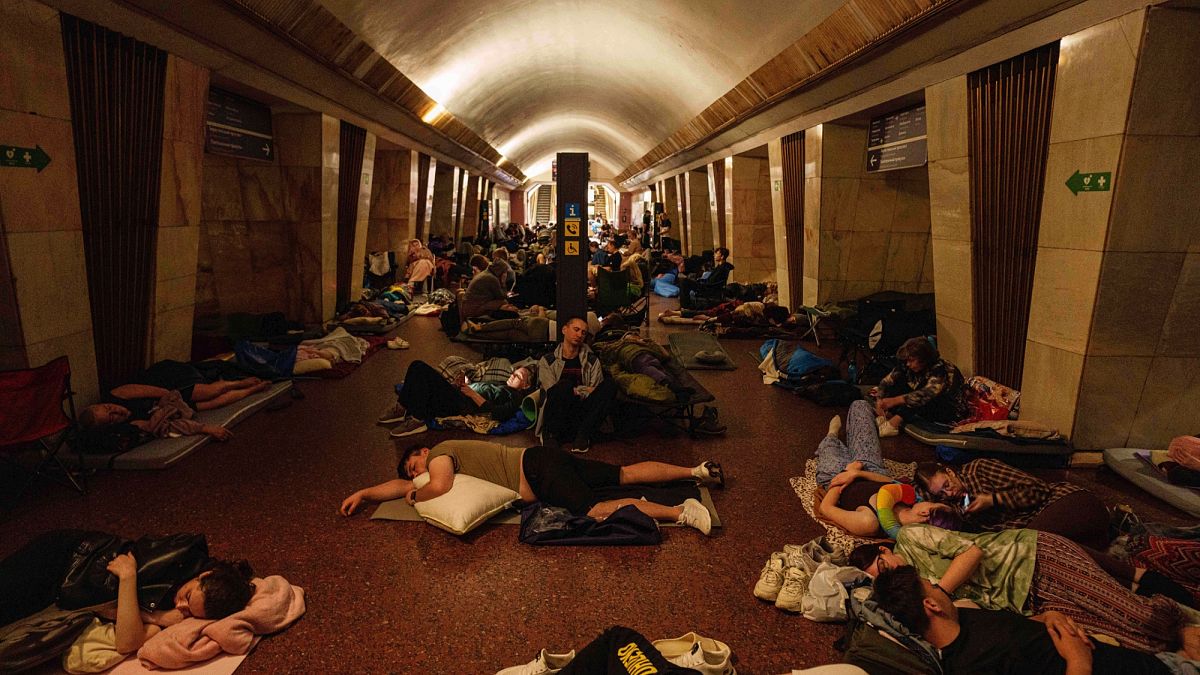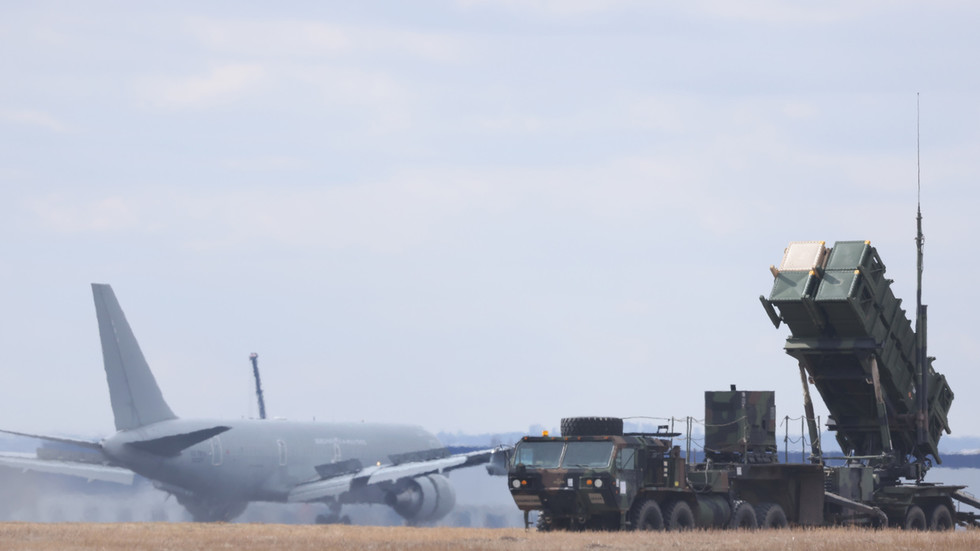President Donald Trump has signed into law a massive piece of legislation that hands more than $178 billion to immigration enforcement over the next decade, with $30 billion specifically for Immigration and Customs Enforcement.
That injection of taxpayer cash makes the law enforcement agency one of the most expensive police forces in the world, outpacing most foreign military budgets.
The White House wants to hire 10,000 more ICE agents, a massive undertaking for an administration that is currently employing roughly half that figure to help remove people from the country.
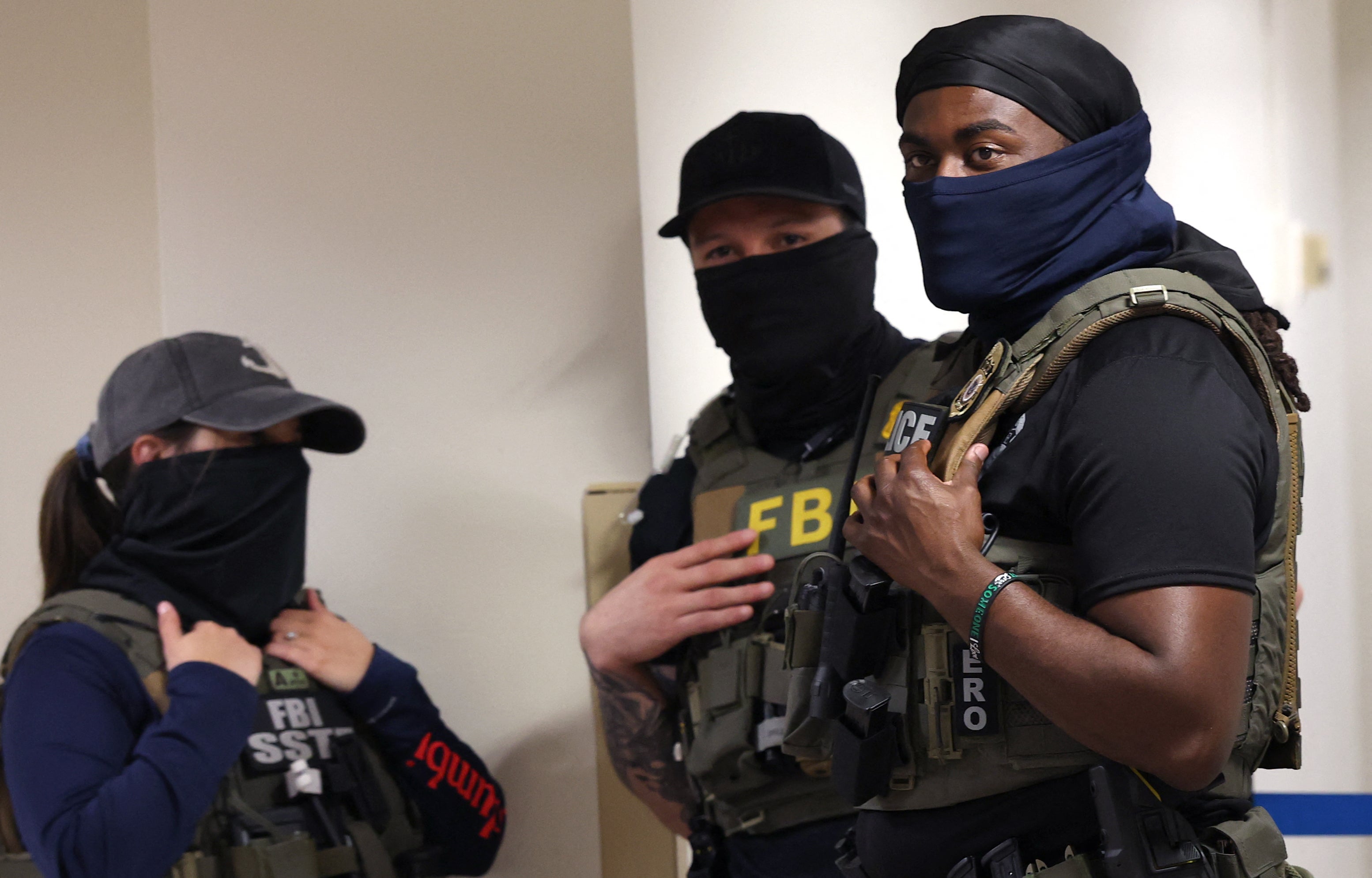
But hitting that 10,000 target is going to be a challenge, if not impossible, according to experts. And, without any guardrails to screen how those agents are hired and who exactly is filling those roles, the government may be setting itself up to repeat critical past mistakes.
Trump’s funding surge is “also about building an immigration enforcement system that will sustain a much higher number of deportations, not just in the next two and a half, three years, but in the next 10 years,” former acting ICE director Josh Sandweg told PBS.
“We're going to see an ICE that it is going to be hard for any future administration to shrink … and its capacity to deport will certainly be at the highest level it's ever been in the history of the United States,” he said.
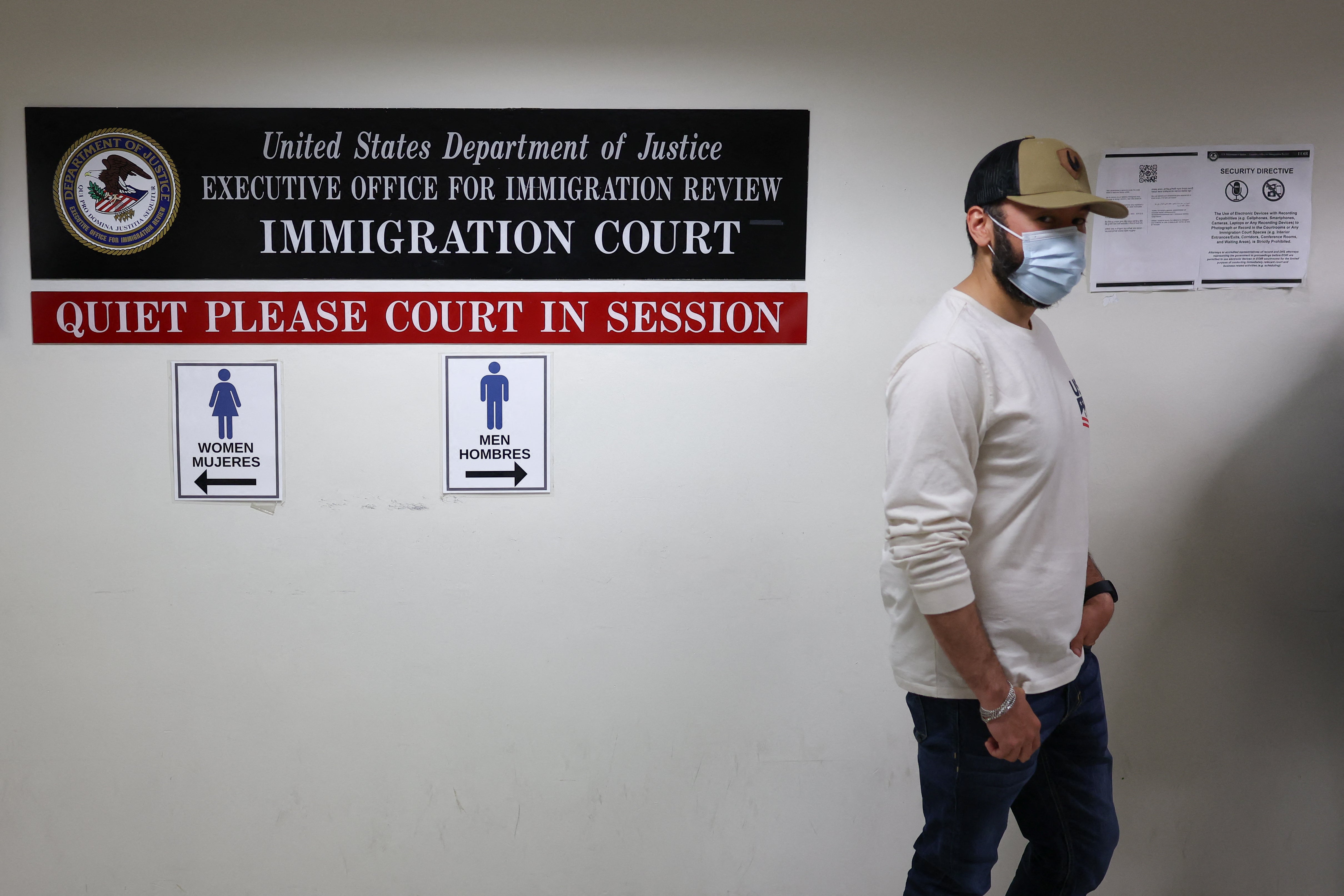
Recruitment challenges for the new ‘monster’
When Trump tried to hire 10,000 ICE officers during his first administration, more than 500,000 people would have needed to apply, according to a Homeland Security inspector general report at the time.
The outlook was even more difficult for Customs and Border Protection. To hire another 5,000 agents, the government would have had to screen another 750,000 people, the report found.
“No healthy law enforcement agency can grow quickly. And ICE is far from a healthy law enforcement agency,” according to journalist Garrett Graff, who spent several years investigating the combustible expansion of Border Patrol into a “green monster” before and during the first Trump administration.
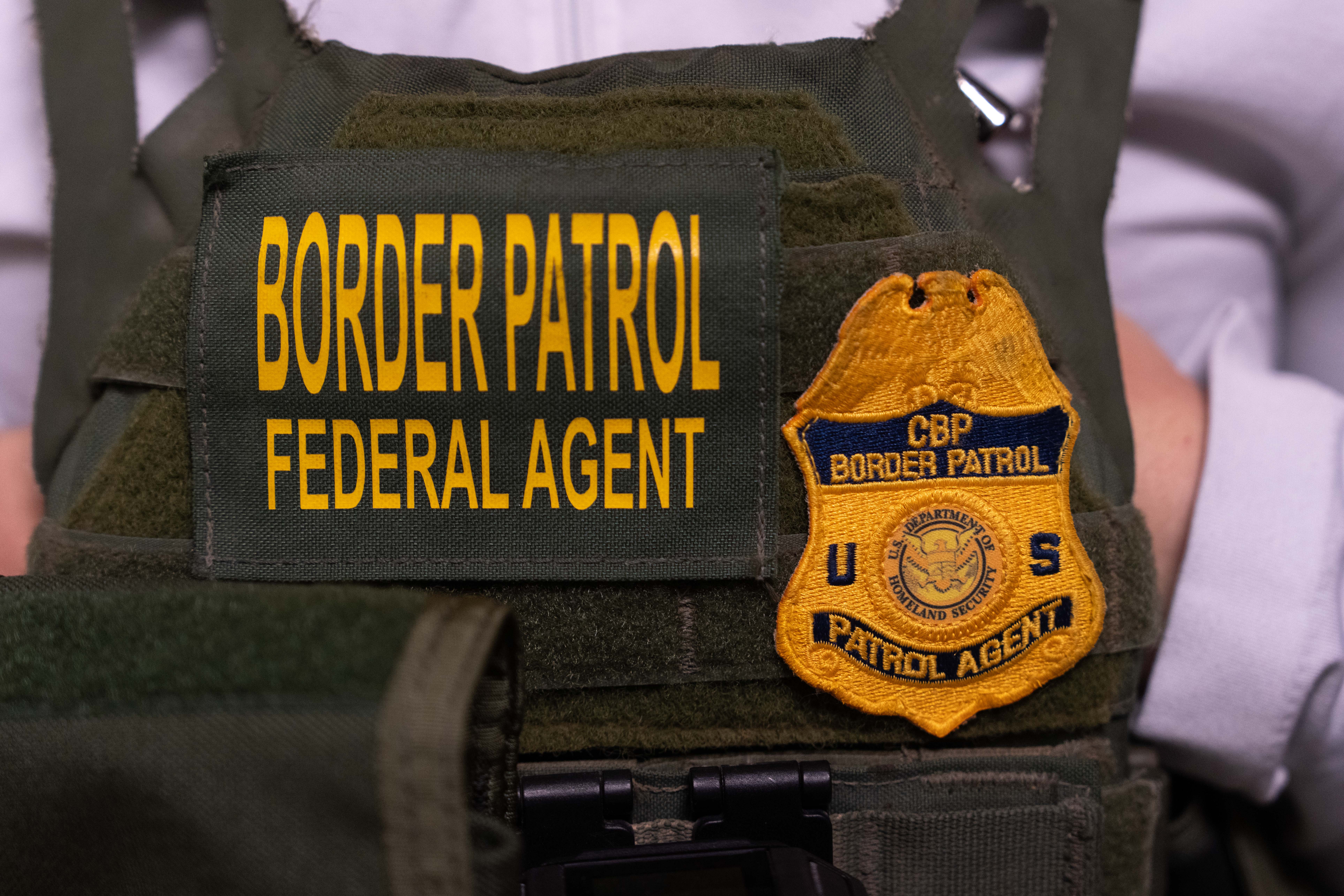
Within only a few years, Border Patrol doubled in size from roughly 9,200 officers to 18,000. A remarkable spike in corruption and misconduct accompanied a swelling of the ranks.
“Today, we’re creating something even more dangerous to the country,” Graff wrote. “A masked monster of a law enforcement agency, one uniquely unsuited for its new power, authority, reach, and funding levels.”
ICE is also competing with other law enforcement agencies who can offer better or similar pay for a less volatile position.
Annual salaries for open ICE jobs are between $56,623 and $89,528. Starting salaries for rookie officers hired by the New York Police Department, by comparison, begin at $60,000 and increase to $125,000 within six years — and the NYPD still is facing a staffing crisis.
Filling gaps with contractors and local cops
ICE and its roughly 6,000 deportation officers are under similarly intense legal and political scrutiny, including nationwide protests, legislation that bans officers from wearing masks, and lawsuits to rein in constitutional abuses.
The Trump administration has also deployed officers from virtually every federal law enforcement agency — from the FBI and the Drug Enforcement Administration to the Post Office — to hit a goal of 3,000 daily arrests while expanding an already-sprawling footprint of local jails and federal immigration detention centers that hold more than 50,000 immigrants, a figure that grows by the day.
ICE could try to get around its hiring problems by expanding the 287(g) program, which effectively deputizes local law enforcement to enforce federal immigration laws. The federal government currently has more than 800 such agreements in place.
But the program requires local buy-in. Democratic-led cities such as New York City, Chicago and Los Angeles, home to millions of immigrants, are unlikely to participate.
“That could alleviate ICE’s short-run logistical challenge, but it is also the option most vulnerable to local resistance,” according to Fordham Law School professor John Pfaff. “And many states and localities already have either banned such agreements or limited the sorts of cooperation that’s possible, with more joining in.”

The Trump administration could also end up relying on private contractors to help fill the gaps — which could burn through budgets, make it harder to retain permanent agents who aren’t paid as well, and raise serious accountability and constitutional issues.
At a Homeland Security hiring expo last month, more than 1,000 people were tentatively offered job offers, out of roughly 3,000 candidates. Homeland Security hailed the event as a success “despite doxing threats, increased assaults and the recent wave of politicians’ anti-cop rhetoric.”
New recruits who fit the ‘culture’ of Trump’s agenda
Equally important is who, exactly, is filling those roles.
“Hiring fast doesn’t work in law enforcement, but I think there’s a specific reason we should be wary of the next 10,000 people who want to be ICE officers in the United States,” Graff wrote. “We’ve never seen anything in modern U.S. history like the fast-rising social stigma and politicization of ICE as an agency and brand in terms of recruiting.”
Lowering hiring standards for immigration enforcement — which the Border Patrol union has warned against — could also invite even “less competent and potentially more dangerous” recruits into environments that even local cops are complaining about, according to Pfaff.
ICE is still a relatively young agency, born in the 9/11 aftermath and George W. Bush-era War on Terror, and has not yet experienced the “pendulum swing” of changing cultural and political climates, Graff wrote.
“That ICE has gone so quickly to masked operations in unmarked vehicles with no clear law enforcement identification makes clear how unhealthy and fundamentally undemocratic its core culture now is,” he wrote. “It’s a resounding indictment of the current leadership at ICE and a warning sign of what’s to come.”

 11 hours ago
3
11 hours ago
3


